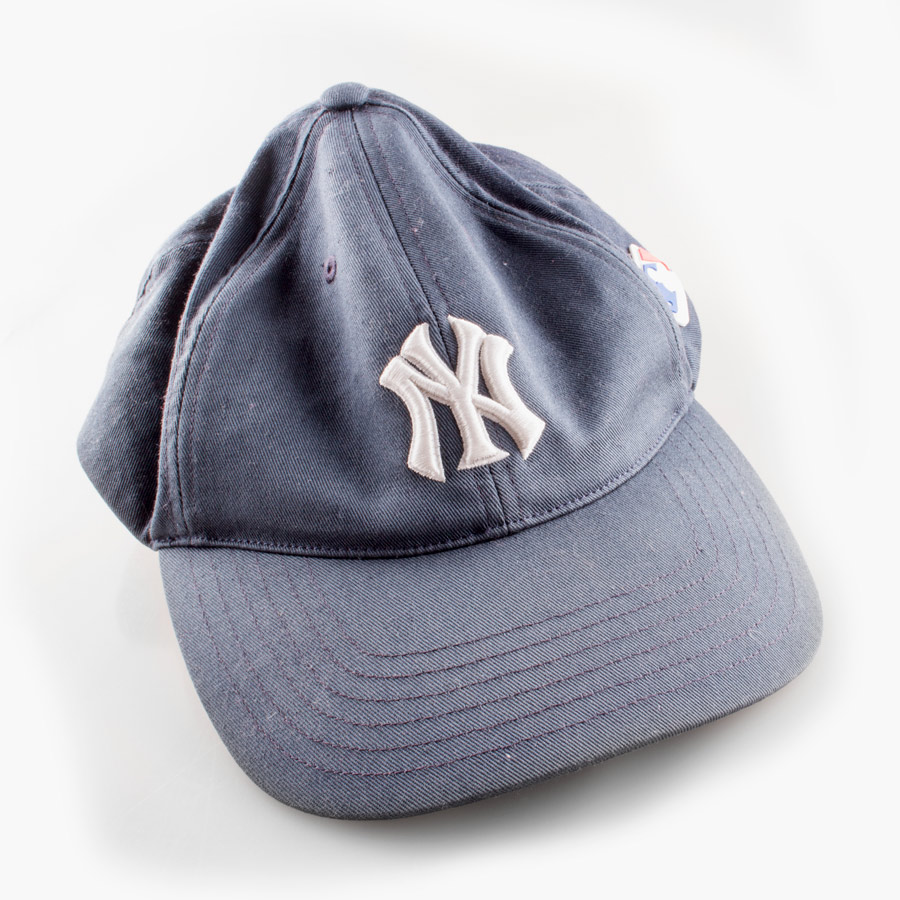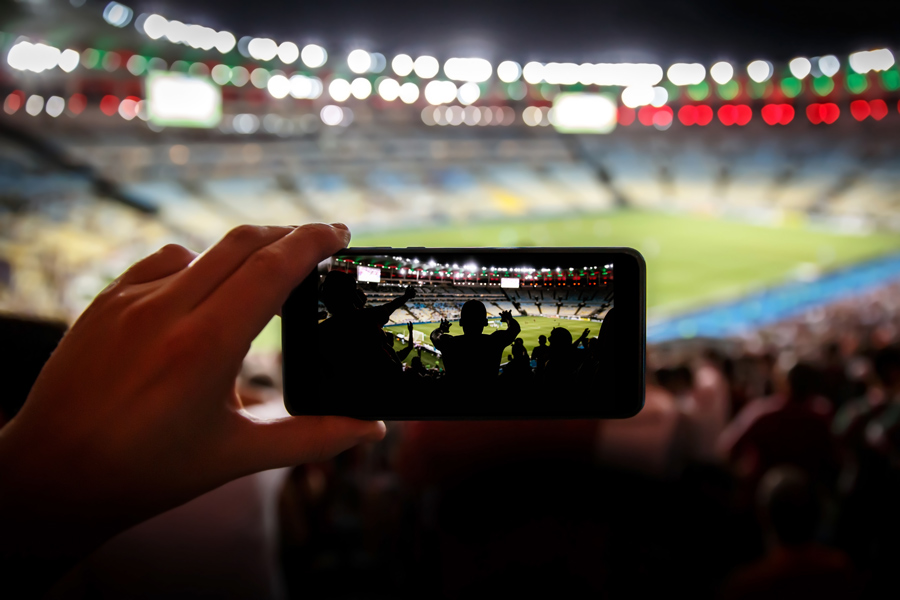Brand governance in National Sport Organizations
In Canada, National Sport Organizations (NSOs) govern a wide range of sports at the national level. They represent what was previously known as ‘amateur sports’ and are the pillars of organized sport in the country (e.g., swimming, basketball, squash, and rugby). Most of these organizations have long histories, and they traditionally don’t exist to make surpluses for owners, but to foster and promote their individual sports for their members. NSOs vary in the size of their budgets, personnel, and board numbers, with many of their members being volunteers, and usually older board members who have a history within, and passion for their sport.
Most NSOs are largely funded by the government, though in recent years there has been an increase in expenditure to comply with modernisation programmes. One example is Safe Sport, which aims to give athletes, coaches, officials and volunteers of all levels the right to participate in a safe and inclusive training and competitive environment free of abuse, harassment or discrimination. Obviously, complying with such programmes involves increases in expenditure, but funding and support have not kept pace with this.

Marijke Taks and Benoit Séguin at the School of Human Kinetics, University of Ottawa, embarked on the branding component of a larger study exploring Canadian NSOs’ governance, branding and social media. Together with colleagues Milena M. Parent, Michael L. Naraine, Russell Hoye and Ashley Thompson, the study consisted of three data collection phases, which included surveys of NSO leaders, in-depth interviews, and finally a workshop and webinar for NSO representatives.
What is Brand Governance?
In the modern world a strong brand represents a key asset for a sport organization. Professional sport teams such as Manchester United or the New York Yankees, and major sport properties like the Olympics or FIFA have recognised the power of brands and developed sophisticated brand management systems. These enable them to leverage their brands and co-create value with a number of stakeholders like athletes, fans, sponsors, and media.
The brand is more than a logo, it is a promise, a set of expectations (a value proposition) an NSO offers to people who interact with their organization.
Stakeholders are acknowledged as playing a crucial role in co-creating the brand which can impact its current and future financial income. In turn, this creates governance challenges for the NSO as it must ensure that the brand is built on, and remains true to its vision, mission and values. This is accomplished through long-term policies and governed by processes such as integrity and transparency. These long-term policies and processes provide guiding principles for the strategic management of a brand that is focused on the development of internal capabilities to develop, manage and measure brand equity.

While many studies on brand and sport have focused on professional sports and mega-events such as the Olympic Games, there remains an important gap in the understanding and role of brands in NSOs. Therefore, this project sought to explore if and how decision-makers of different types of NSOs govern their brand, considering the changing landscape and the increased role and influence of stakeholders and social media on NSOs.
How was the research conducted?
In the first phase of the study, thirty-nine chief executive officers and/or board members representing thirty-two of the fifty-eight Canadian NSOs participated in an online survey. Data were collected on brand governance in the organization, the interrelationship with stakeholders, and the role of social media in brand governance.
Twenty-two Sport Canada-funded NSOs (Sport Canada is a branch of the national governmental Department of Canadian Heritage) participated in the second phase of the study. Data were collected through forty-five semi-structured interviews with staff and board members, as well as document analyses, looking at strategic plans, annual reports, policies, and financial statements.
In the last and most productive phase, seventeen participants representing fifteen NSOs from Olympic and non-Olympic sports participated in a one-day workshop. A summary of the previous findings was presented, and participants completed worksheets and discussed in small groups during three breakout sessions. This was followed by a plenary session where invited experts provided comments and shared insights. Finally, the workshop’s report was presented to all the study’s participating NSOs and reflected upon during a one-hour webinar.
NSOs’ decision-makers should engage more meaningfully
with stakeholders and social media to strengthen their brand governance.
Brand governance and NSOs
Brand governance is absent in small NSOs and is only in the early stages of application by larger NSOs. The first two phases of the study found that many NSOs don’t really have a brand strategy in place and lack understanding of branding beyond the creation of a logo. This, it is suggested, is a missed opportunity given that many NSOs continue to rely, in large part, on government funding, and those NSOs who have developed brand strategies have had more success in diversifying revenue. NSOs deal with their brand primarily internally, with no operational involvement of stakeholders, missing opportunities for possible knowledge transfer and co-creation to help govern their brand. Social media is identified as a cost-efficient way to brand the organization, but a lack of control and consistency indicates a need for brand governance related to social media.

NSOs would benefit from actively involving stakeholders to co-create and strengthen their brand. It seems that social media offers the best opportunities for low-cost branding, and good governance should help overcome the major challenges to monetise and control it effectively. The first two phases of the study concluded that NSOs’ decision-makers should engage more meaningfully with stakeholders and social media to strengthen their brand governance.
Recommendations
The workshop phase of the study provided suggestions for NSOs in two important areas: (1) creating a brand, and (2) best practices for brand management and governance. There were many recommendations on how to achieve these, though given the diverse nature of NSOs it is very difficult to suggest a one-size-fits-all solution.
As far as creating a brand is concerned, NSOs are encouraged to:
- Define who they are branding for;
- Bear in mind their various audiences, such as recreational and/or high-performance participants;
- Communicate with their peers, ensuring that resources and knowledge are shared;
- Conduct a brand architecture study to find out what the sport means at all levels from the ground up;
- Develop a brand document that formalises the brand and makes technical guidelines accessible;
- Protect the brands’ commercial rights;
- Educate key stakeholders about their brand;
- Recruit a “brand champion” within the organisation;
- Keep the brand consistent;
- Understand the realistic limits when talking to stakeholders;
- Create the brand “vibe” internally before presenting it to the world and delivering it to stakeholders so everyone is familiar with it;
- Help grassroots community parts of the organisation create their own version of the brand;
- Involve all stakeholders, such as athletes and corporate partners, in the creation of the brand.

It’s important to realise that creating a brand takes time, up to several years, and board members need to believe in it first. In addition, sponsors look for high values and good governance from a sport they want to invest in, regardless of the size of the NSO.
Recommendations for best practices for NSOs’ brand management and governance, including effective social media strategies include:
In summary, NSOs must work like businesses and incorporate brand governance by setting goals, defining key performance indicators (KPIs), and engaging in social media analytics.
As Dr Taks explains: “The brand is more than a logo, it is a promise, a set of expectations (a value proposition) that an NSO offers to people who interact with their organization.”
Personal Response
Some people might see this as the commercialisation of amateur sport, could you explain some of the more specific benefits to sport of these proposed developments?
<>The commercialisation of the sport industry has grown significantly with the emergence of live television in the 1960s and more recently with social media and other digital platforms. This fast-past change has not only affected professional sports, but also ‘amateur sport organizations’ such as NSOs. Some still refer to NSOs as being ‘amateur sport’ organizations, but most are professionally driven, meeting expectations from a variety of national and international stakeholders (e.g. government, sponsors, International Sport Federations, etc.). Brand development and brand governance is less about commercialisation and more about the professionalisation of sport. This is key in today’s environment where NSOs are encouraged to diversify revenue and not rely on government funding in order to survive and prosper. A strong brand will help NSOs be well-positioned within the larger public, attract more participants and/or spectators, entice more interest from corporate partners and ultimately contribute to their growth. In a fast changing and connected world, we believe that brand governance is essential to ensure the long-term viability of NSOs.